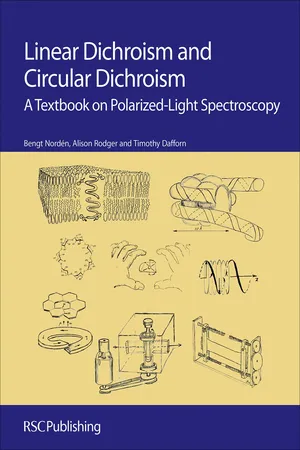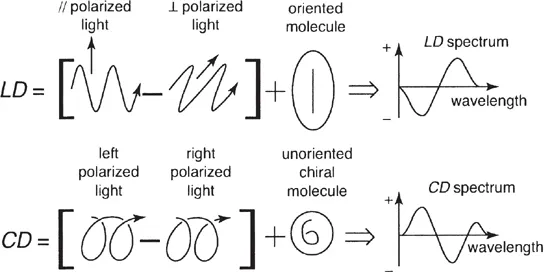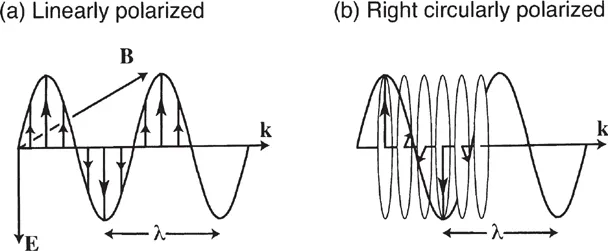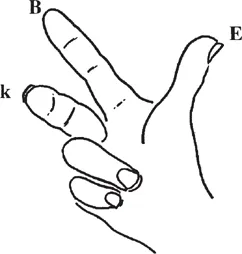
Linear Dichroism and Circular Dichroism
A Textbook on Polarized-Light Spectroscopy
- 304 pages
- English
- ePUB (mobile friendly)
- Available on iOS & Android
Linear Dichroism and Circular Dichroism
A Textbook on Polarized-Light Spectroscopy
About this book
This book provides an introduction to optical anisotropy (linear dichroism, LD) and optical activity (circular dichroism, CD) as techniques for the study of structures and interactions of molecules in solution. The book covers the use of these techniques for both small and large molecular systems with particular emphasis being placed on proteins and nucleic acids. CD is a well-established technique and this book aims to explain how it can be used simply and effectively for new entrants to the field as well as covering more advanced techniques for experts. LD is often seen as a rather exotic method intended only for experienced spectroscopists. This book demonstrates that it is an approach with real utility that may be used by both students and scientists from graduate level onwards to give simple answers, which are not available from any other technique, to structural and kinetic questions. Much of the emphasis is on flow orientation of samples in solution phase. The book first describes the techniques and the information they can provide; it then goes on to give specific details on how to actually implement them, including a wide range of examples showing how LD and CD can help with * protein and nucleic acid secondary structure elucidation; * analysis of the formation and rearrangements of fibrous proteins and membrane proteins; * identification of the absolute configuration of small molecules; * determination of the orientation of small molecules in anisotropic media; * assignment of transition moment polarizations; * investigation of binding strengths and geometries of ligand-macromolecule complexes; * 3-D structure determination from LD, molecular replacement and MD modeling. The advantages of combined LD/CD studies are also outlined with examples of DNA/drug complexes and protein insertion into membranes. Taken together the book represents a comprehensive text on the theory and application of LD and CD in the chemical and biological sciences.
Frequently asked questions
- Essential is ideal for learners and professionals who enjoy exploring a wide range of subjects. Access the Essential Library with 800,000+ trusted titles and best-sellers across business, personal growth, and the humanities. Includes unlimited reading time and Standard Read Aloud voice.
- Complete: Perfect for advanced learners and researchers needing full, unrestricted access. Unlock 1.4M+ books across hundreds of subjects, including academic and specialized titles. The Complete Plan also includes advanced features like Premium Read Aloud and Research Assistant.
Please note we cannot support devices running on iOS 13 and Android 7 or earlier. Learn more about using the app.
Information
1 Linear and circular dichroism spectroscopy: basic principles
1.1 Introduction




1.2 Electromagnetic radiation and spectroscopy
Electromagnetic radiation


Table of contents
- Cover
- Title Page
- Copyright Page
- Preface
- Contents
- Chapter 1 Linear and circular dichroism spectroscopy: basic principles
- Chapter 2 Spectroscopic practicalities
- Chapter 3 Linear dichroism of biological macromolecules
- Chapter 4 Circular dichroism of biological macromolecules
- Chapter 5 Advanced LD methods for biological macromolecules
- Chapter 6 Linear dichroism of small molecules
- Chapter 7 Molecular orientation principles
- Chapter 8 Analysis of circular dichroism: electric dipole allowed transitions
- Chapter 9 Analysis of circular dichroism: magnetic dipole allowed transitions and magnetic CD
- Chapter 10 Circular dichroism formalism
- Chapter 11 Further derivations and definitions
- References
- Subject Index